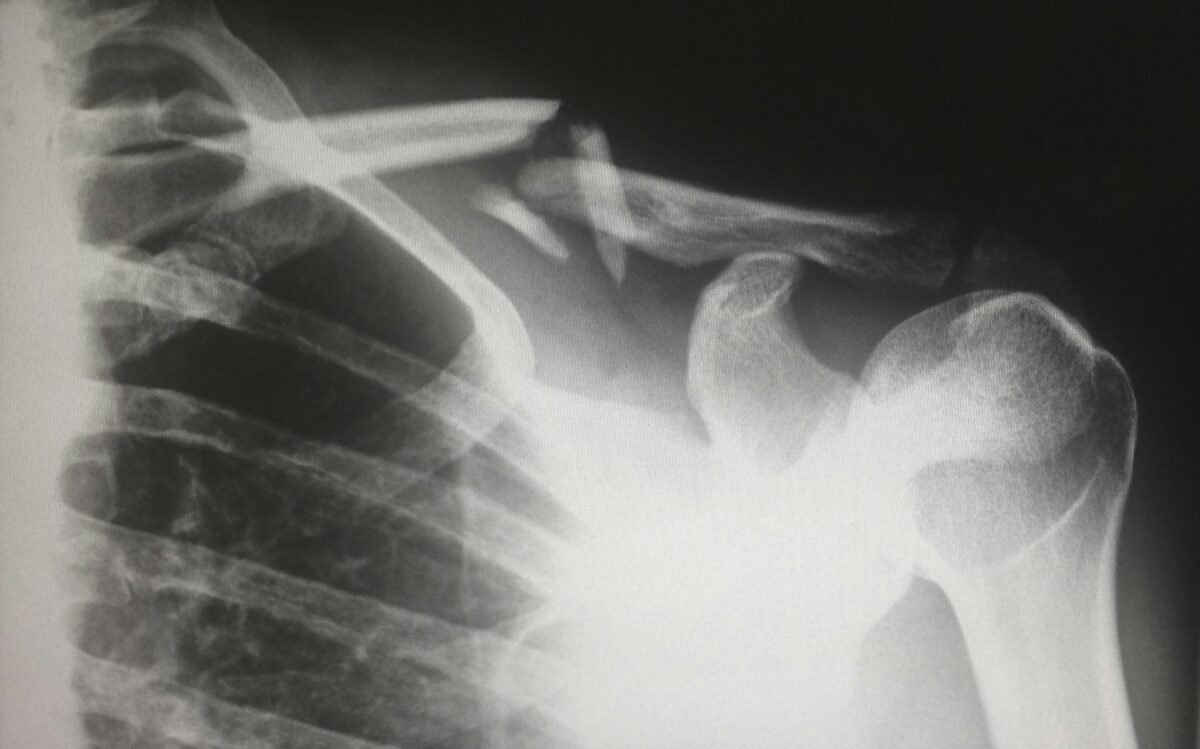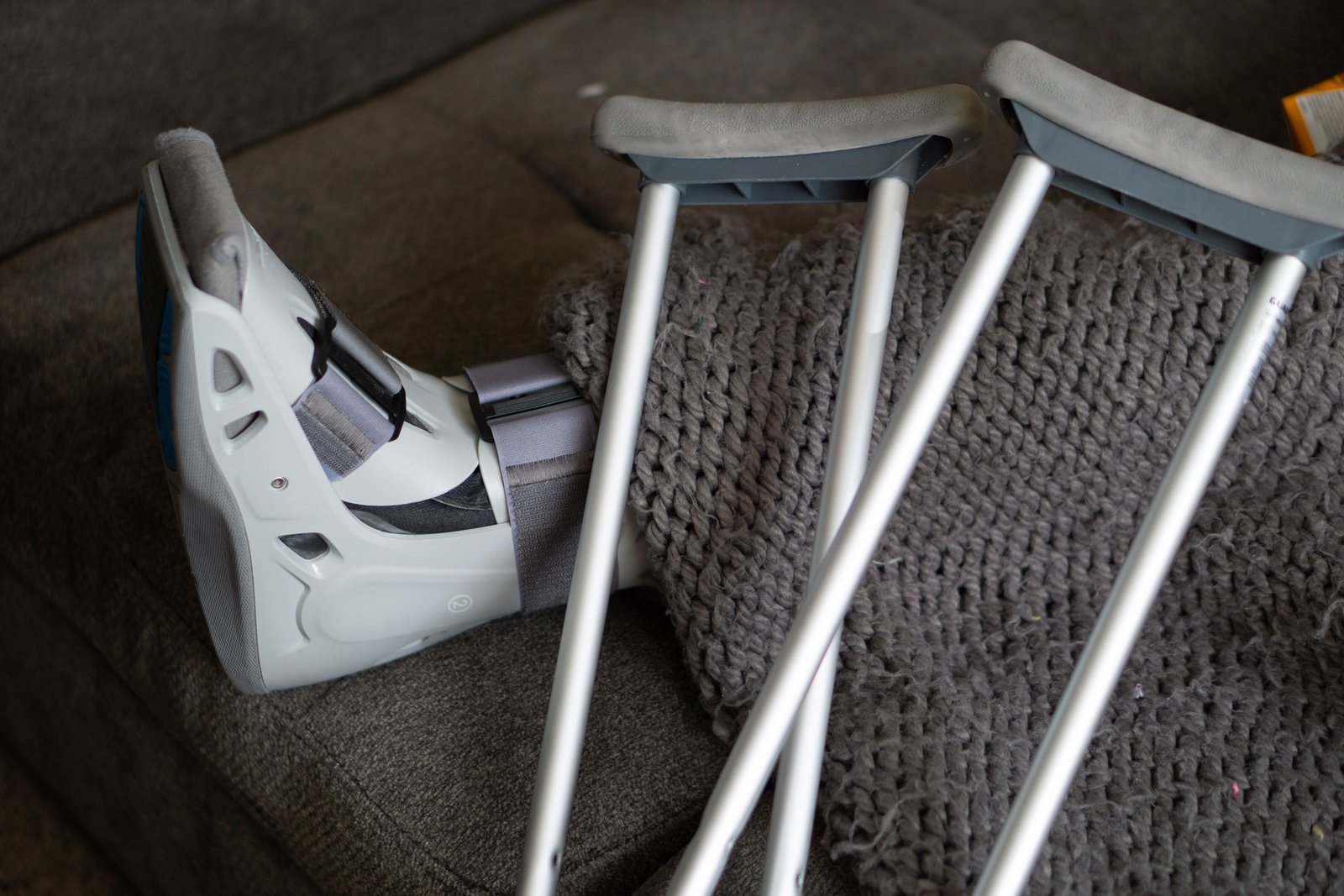Workplace injuries can happen unexpectedly and often lead to confusion about what steps should be taken next.
Knowing what to do immediately following a workplace injury is crucial to ensure the well-being of the employee and to protect your company’s interests. Acting swiftly and following a clear process can ensure the injured worker receives the necessary medical attention and that your business stays in compliance with safety regulations and workers’ compensation laws.

If you’re unsure about the legal implications or the steps you need to take after a workplace injury, consult with a skilled workers’ comp attorney who can provide valuable guidance. They can help you navigate the workers’ compensation process, ensure you are meeting all requirements, and protect your rights as an employer or employee. Having the right legal support can make a significant difference in managing the aftermath of a workplace injury smoothly and effectively.
We’ve outlined a step-by-step guide to help you handle workplace injuries effectively and efficiently:
1. Provide Immediate Medical Assistance
The first priority after a workplace injury is to ensure the injured employee receives the proper medical care. Depending on the severity of the injury, this could involve basic first aid, calling emergency services for an ambulance, or transporting the injured employee to a medical facility. It’s important to assess the injury quickly to determine the appropriate response.
For minor injuries like cuts or sprains, basic treatment may be sufficient. However, for more serious injuries, such as fractures, head injuries, or anything that could require hospitalization, seeking emergency medical assistance is vital. Remember to follow your company’s procedure for emergency medical care and ensure the employee receives treatment from a doctor who is part of your workers’ compensation network, if applicable.
2. Notify the Relevant Parties
Once the injured worker is taken care of, notify your management team as well as any relevant supervisors and team members. It’s important that the incident is documented accurately and that everyone involved in the situation is informed about what happened. Include all necessary details like the time, location, cause of the injury, and the medical assistance provided.
Informing the right people ensures that further steps can be taken to minimize risk and that the employee’s absence from work can be properly managed.
3. Secure the Area
After an injury, it’s essential to secure the area where the accident occurred. This helps to prevent further incidents and ensures that no one else is put at risk. It also preserves the scene for investigation and documentation. By restricting access to the area, you can gather valuable evidence and conduct a thorough investigation into the cause of the incident.
Securing the scene of the accident is especially important for compliance with occupational safety regulations, such as OSHA, and for conducting a fair and accurate analysis of what went wrong.
4. Document the Incident
Proper documentation is a key part of handling a workplace injury. Be sure to complete an incident report as soon as possible, ideally within 24 hours. This report should include detailed information about the injury, including how the accident occurred, the injuries sustained, and the medical care administered.
In Missouri, employers are required by law to maintain records of workplace injuries and illnesses. Timely incident reporting helps with processing workers’ compensation claims, prevents delays, and reduces the risk of penalties from regulatory bodies.

5. Implement Safety Measures
Once the injury has been handled, it’s important to assess the situation and determine how to prevent similar incidents from happening again. Review the circumstances that led to the injury and identify any weaknesses in safety protocols. Take proactive steps to address these issues, such as updating training, implementing new safety equipment, or improving procedures.
Incorporating safety measures helps ensure that your workplace remains secure and that workers are less likely to face accidents in the future. Regular safety audits and ongoing employee education will foster a culture of safety throughout your organization.
6. Establish a Return-to-Work Plan
Many employees will need time off to recover after an injury. However, it’s important to plan for their return to work. Offering a gradual return-to-work program or modified duties can help employees transition back into their roles without compromising their health.
A return-to-work program can reduce the stress on employees and support them in getting back to their full capacity. It also helps maintain morale by showing that the company cares about the well-being of its workers and their continued contribution to the organization.
7. Maintain Open Communication
Following up with the injured employee is an essential part of the process. Regularly check in with them to see how they’re recovering both physically and emotionally. By showing genuine concern and maintaining open communication, you can ensure the employee feels supported throughout their recovery.
Empathetic communication also reinforces a positive company culture, demonstrating that your organization values its workers beyond their productivity. Ensuring that employees feel cared for will lead to greater retention and loyalty in the long run.

Building a Culture of Safety
Handling workplace injuries effectively requires prompt action, thorough documentation, and genuine care for the well-being of your employees. By having a clear action plan in place, you can ensure that your organization responds swiftly and appropriately, making it easier for everyone involved to navigate the situation.
Conclusion:
In the aftermath of a workplace injury, it’s essential to act quickly and follow a clear, structured process. Providing immediate care, notifying the necessary parties, securing the scene, and completing the required documentation are key steps in ensuring both the injured employee’s well-being and the company’s compliance with regulations. Additionally, fostering a culture of safety through continuous improvement, regular safety training, and a supportive return-to-work plan can help prevent future injuries and promote a positive work environment.
By handling workplace injuries with care, attention to detail, and empathy, you not only protect your employees but also strengthen your organization’s overall safety culture. Taking these steps will help reduce the risk of injury and improve the long-term health and morale of your workforce.






